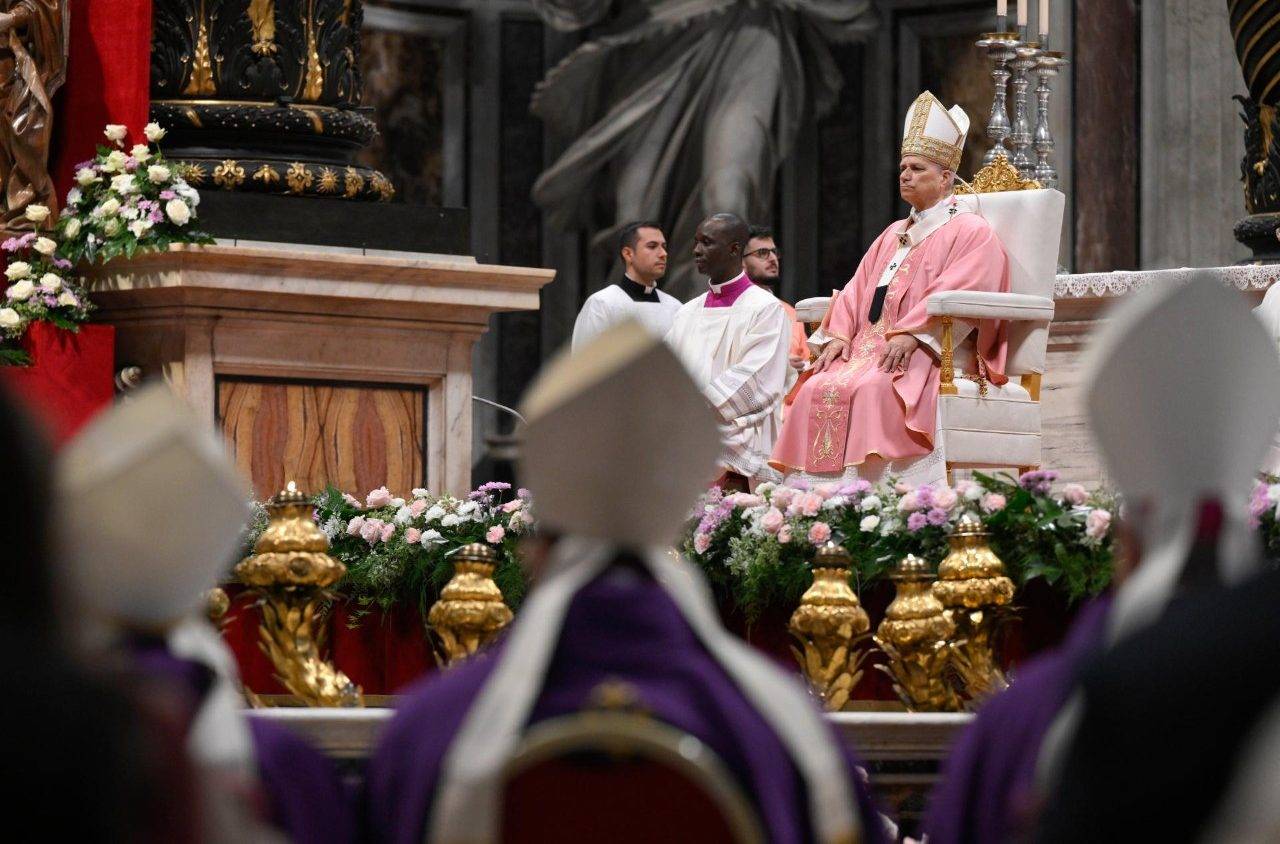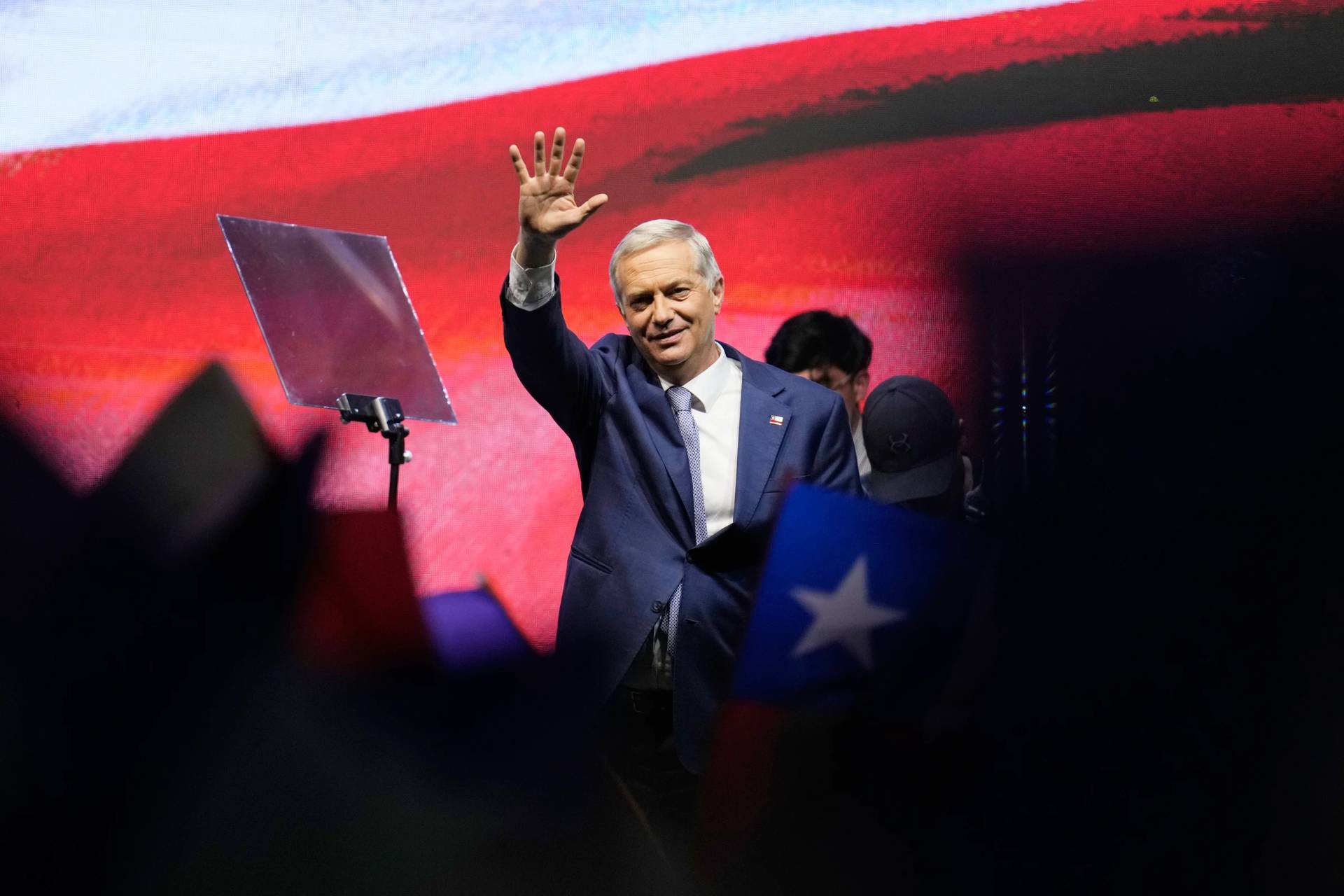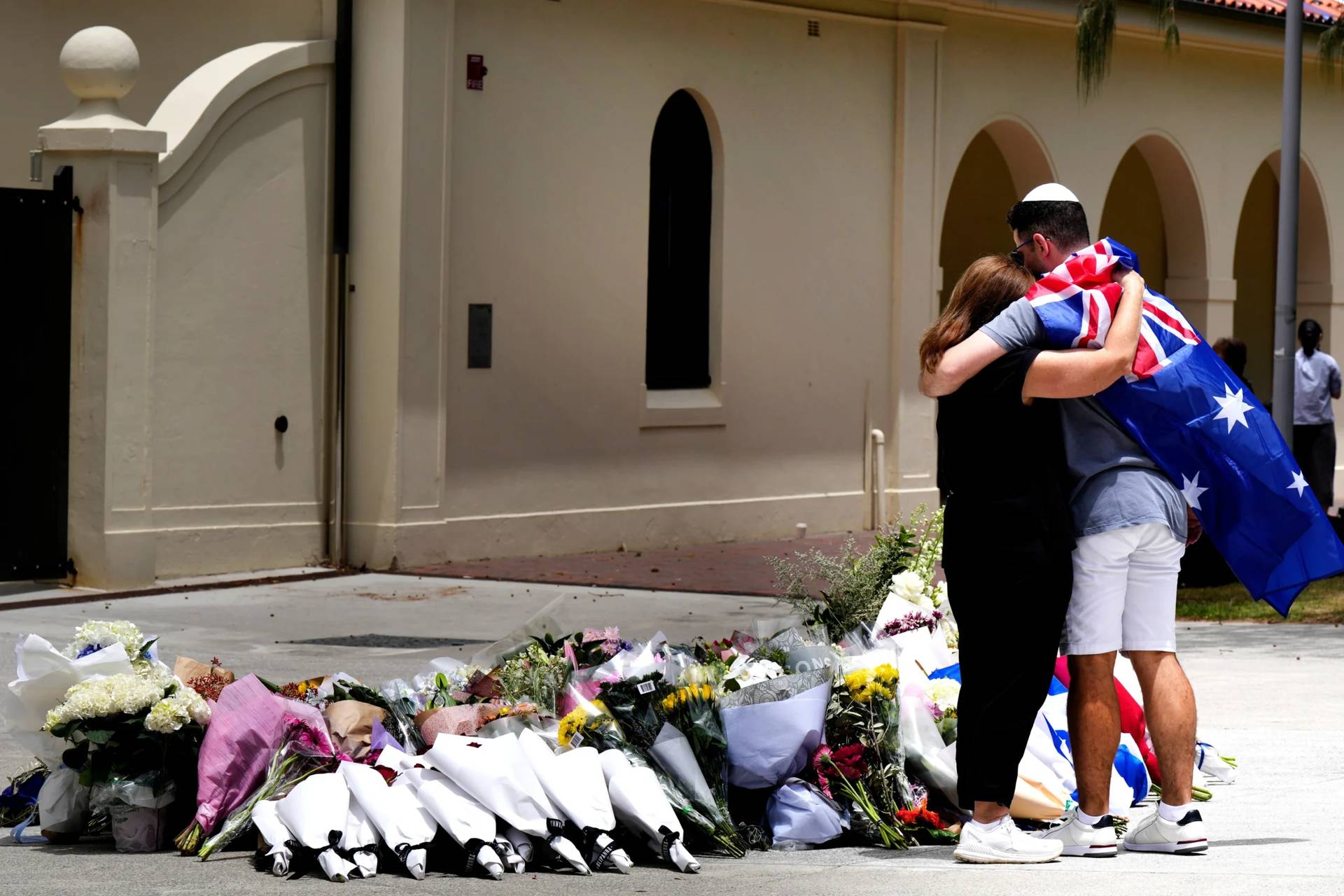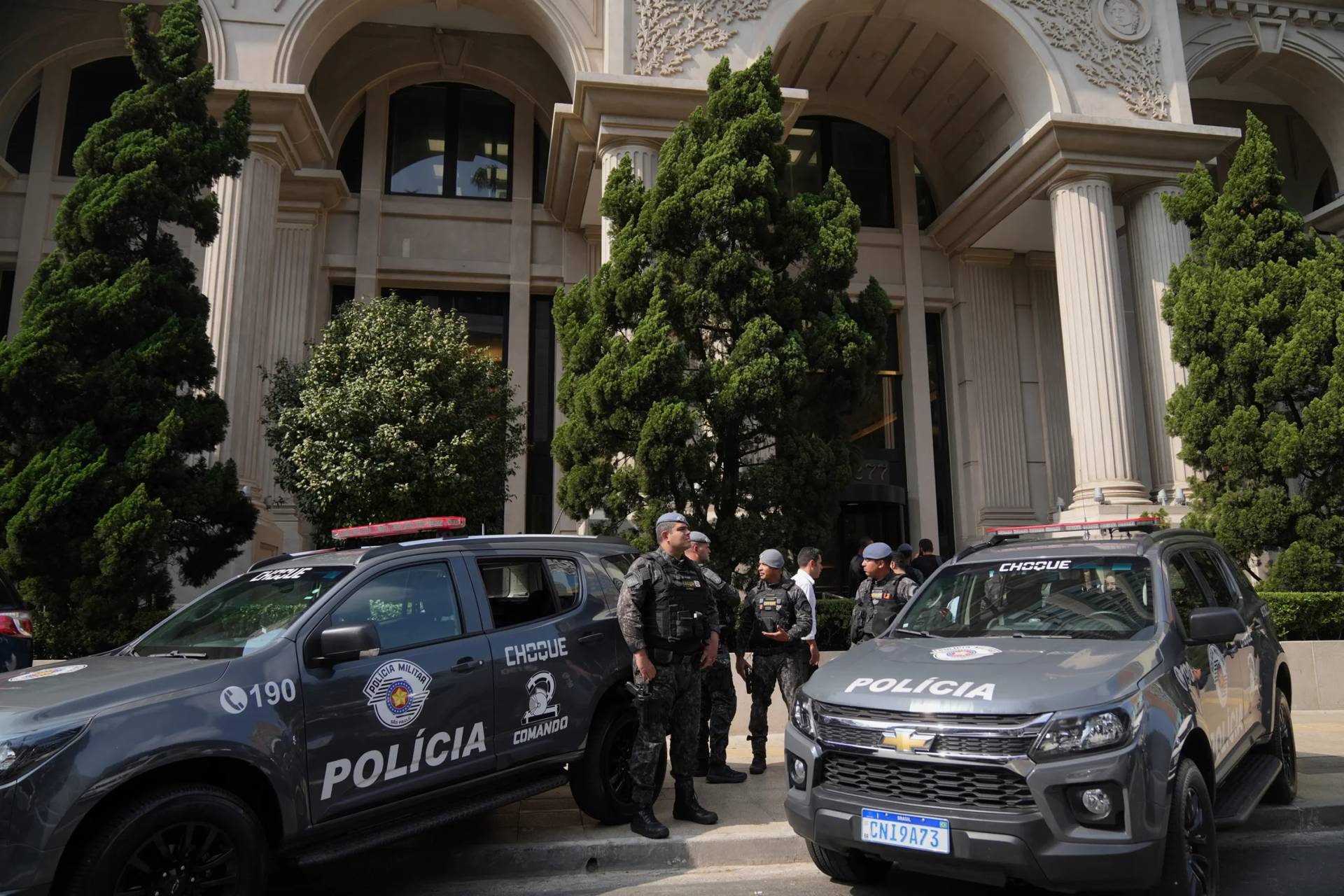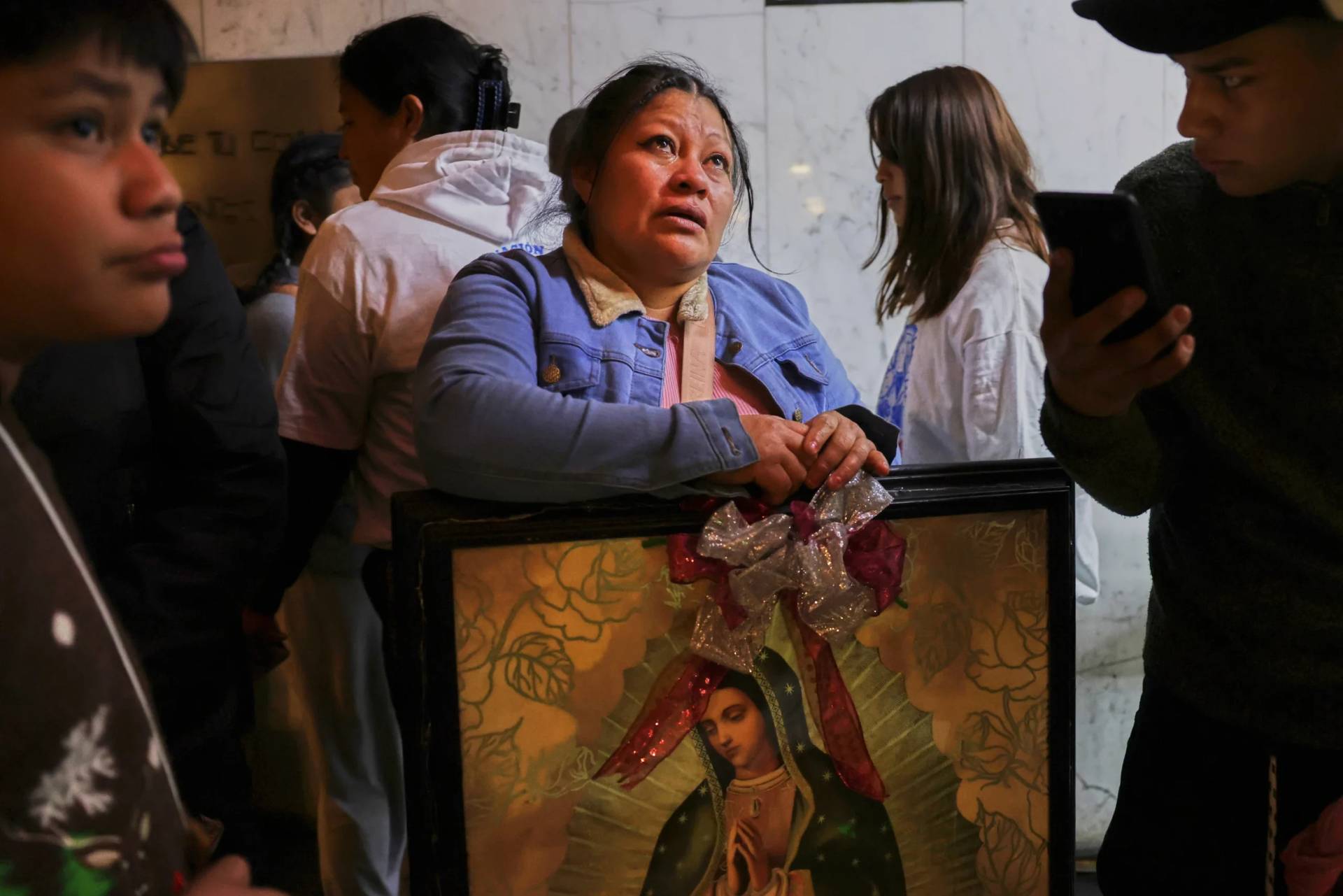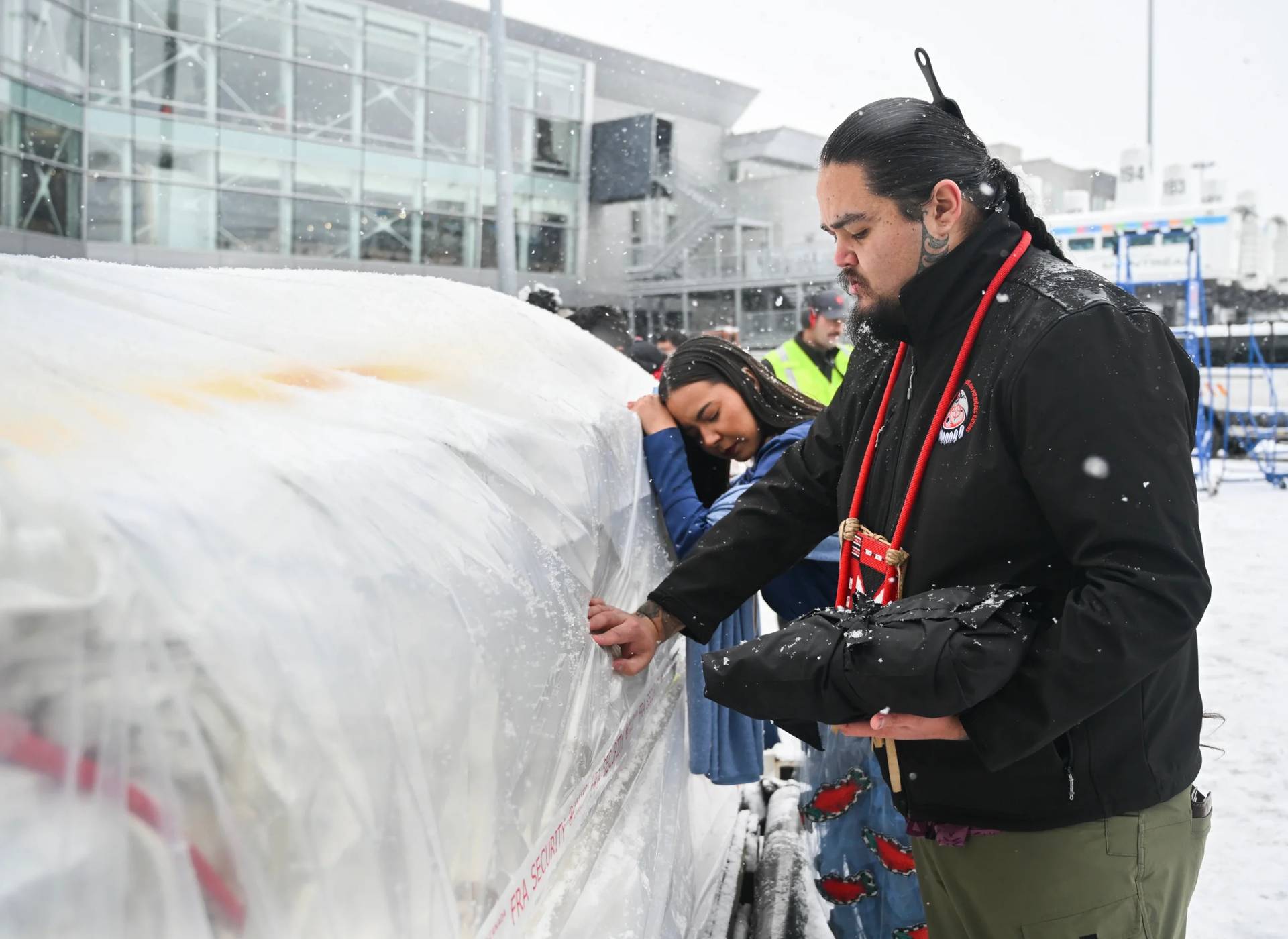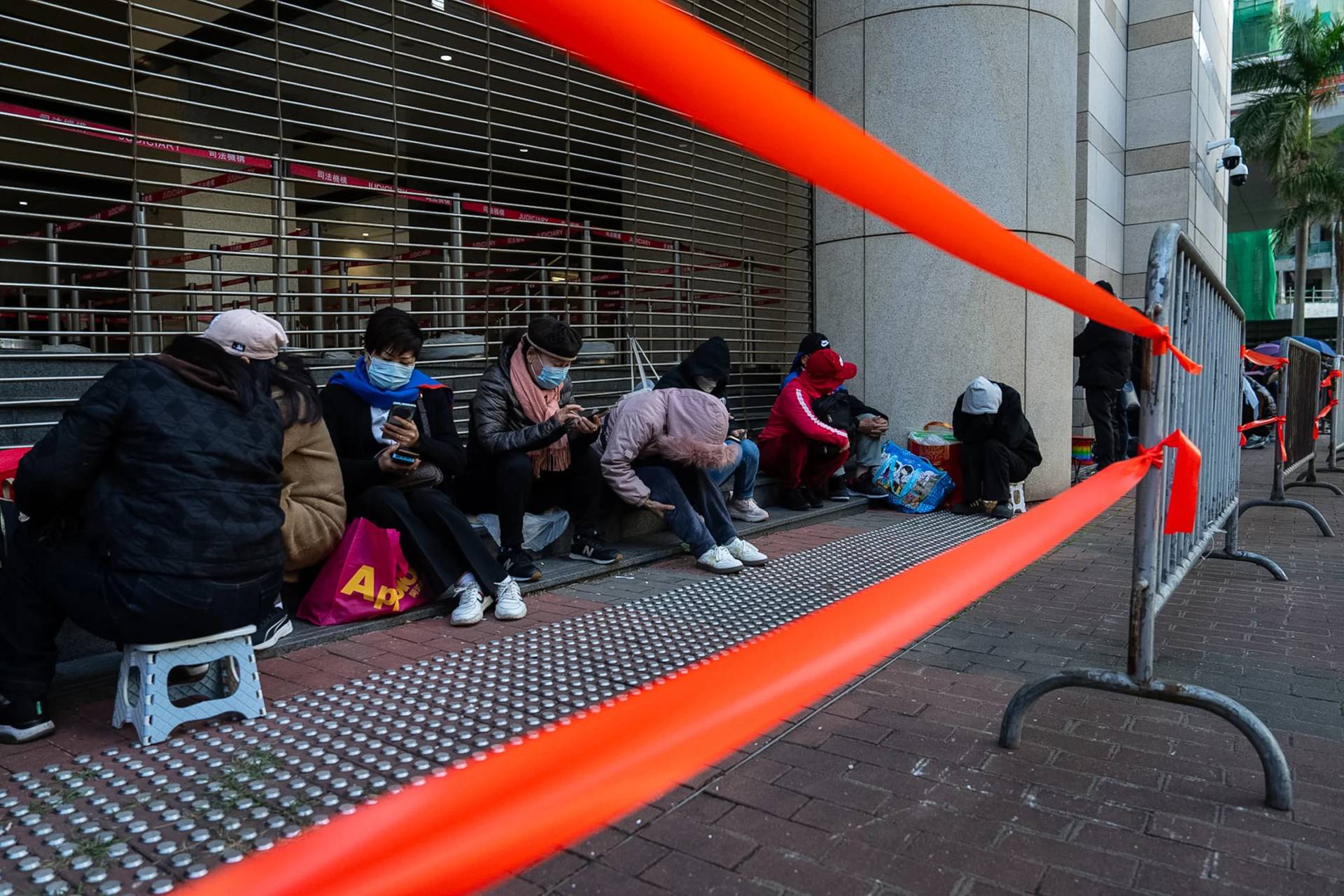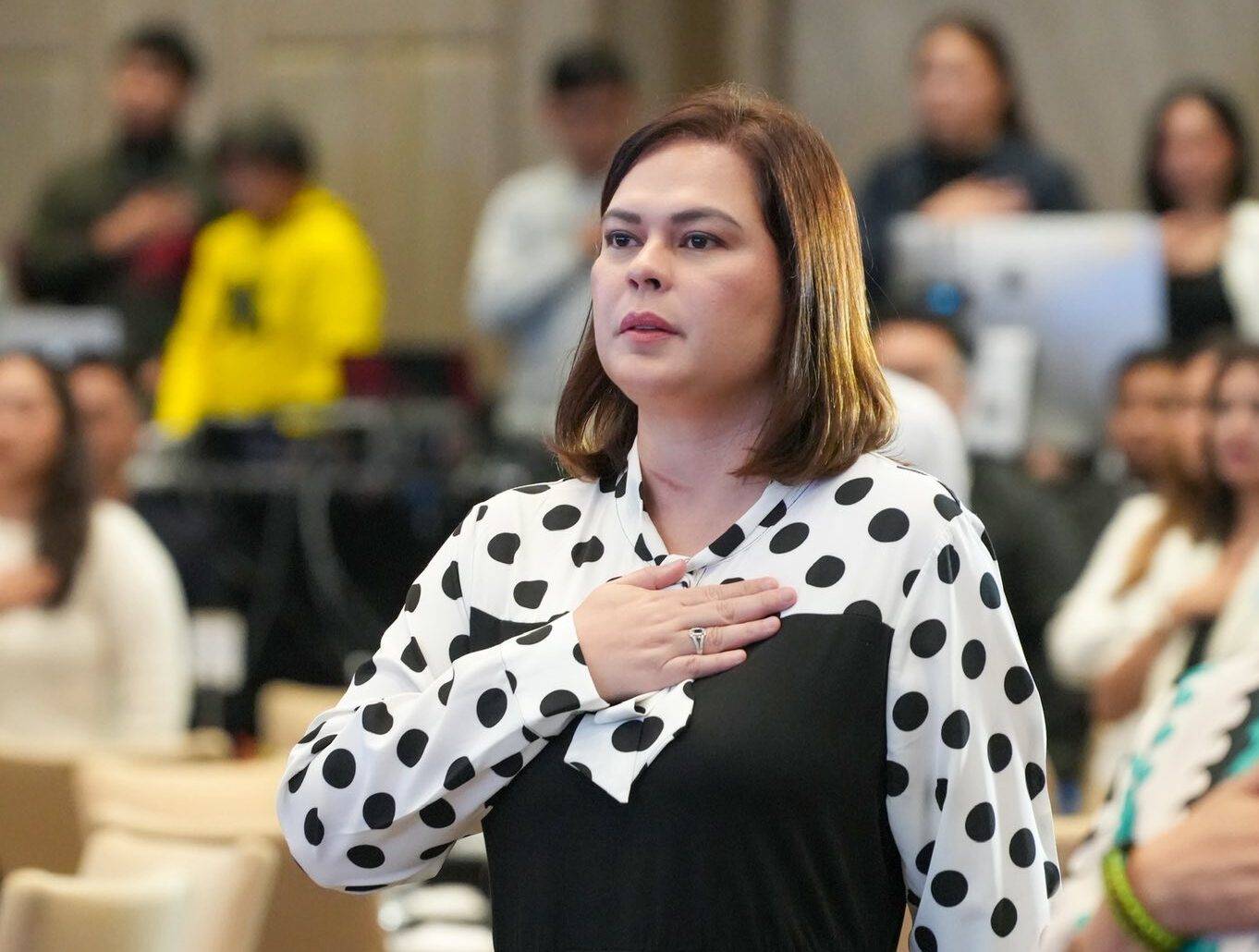SÃO PAULO, Brazil – Some of the challenges faced by the Catholic Church in the Amazon involve vast geographic extensions and the lack of infrastructure in the region. Many missionaries in the rainforest try to overcome distances using the only available tool: Smartphones.
The Amazon makes up 61 percent of Brazil’s total area, with 2 million square miles.
In comparison to other regions in Brazil, it’s by far the one with the least infrastructure. A 2018 report published by Macroplan said that the five Brazilian States with the worst transportation, energy and communications infrastructure are in the Amazon region.
Since 2015, the government has planned to install thousands of miles of optical fiber in the rainforest, but the work is still underway.
At the end of September, the director of the federal agency in charge of the Brazilian roads blamed budget shortages for delays in the ongoing project to pave roads and replace antiquated bridges in the Amazon.
For the Amazonian Church trying to work in such conditions, new technology has proved a godsend.
“In this challenging reality of big distances and communities that many times don’t have energy or a telephone service, the internet through smartphones has been a good means of evangelization,” said Father João Carlos Silveira of Altamira, in the State of Pará.
With an area of 60,000 square miles – bigger than Austria – Altamira is the city with the largest territorial footprint in Brazil. A road called Transamazônica crosses its territory, but several communities are not located within easy reach.
“Most of the unpaved backroads require extra care. During the rainy season, for instance, it’s almost impossible to reach some areas,” explained Silveira.
But smartphones are able to travel the distance.
“In the regions where there are no landlines or optical fiber, they’re the only alternative,” the priest said.
Missionary Elizabete Nascifico, the secretary of the Northwestern region of the National Conference of Bishops of Brazil, lives in Porto Velho, in the Amazonian State of Rondônia, and has to cover a vast territory that includes the neighboring State of Acre and the south of Amazonas. She helps Catholic parishes and social movements in organizational issues. “Traveling to some communities we work with can take up to four days. With communication apps and social media, I’m able to keep up a continuous dialogue with them and help them with daily problems,” she said.
Missionaries speaking to Crux mentioned the expected problems with their cell phone signal in some regions they visit, but many said they were surprised by some of the places their smartphones worked.
“Some time ago, I traveled to an indigenous village of the Tenharim people, 75 miles into the woods. Even there I was able to use my phone to communicate to the urban communities I work with,” Sister Daiana Félix from Humaitá, in the State of Amazonas, told Crux.
Through social media, Catholic missionaries announce the day they will arrive at a certain location, so people can properly organize the community and get as many people there as possible. They also send religious information and material, exchange ideas on community problems, and talk about the national news.
“A curious aspect is that men are not so dominant in these virtual groups as they are in real life. They have to listen to the opinions of women and young people, so decisions are taken with the participation of more people,” said Silveira.
In the cities of the Amazon region, smartphones are also helpful for missionaries, who usually have to deal with poor urban infrastructure.
“Social media helps me to overcome unexpected schedule changes for meetings and lectures, which would be difficult to deal with considering the infrastructure issues in the city,” explained Capuchin Father João Paulo dos Santos.
Santos organizes talks in schools about the “meaning of life,” an initiative he planned because of the increasing rate of suicides and self-harm among teenagers. His program also includes regular meetings with parents.
“Without these new communication technologies, many families I work with would be virtually unreachable,” he said.
However, Silveira is cautious about the effects the virtual evangelization can bring.
“We value the culture of the personal encounter and of physical presence,” he said, but admitted the pastoral use of social media is very important in the Amazonian context.
“We have to reach a balance. Despite fake news and the manipulation that such tools can allow, they certainly can help us a lot,” Silveira told Crux.
Crux is dedicated to smart, wired and independent reporting on the Vatican and worldwide Catholic Church. That kind of reporting doesn’t come cheap, and we need your support. You can help Crux by giving a small amount monthly, or with a onetime gift. Please remember, Crux is a for-profit organization, so contributions are not tax-deductible.







